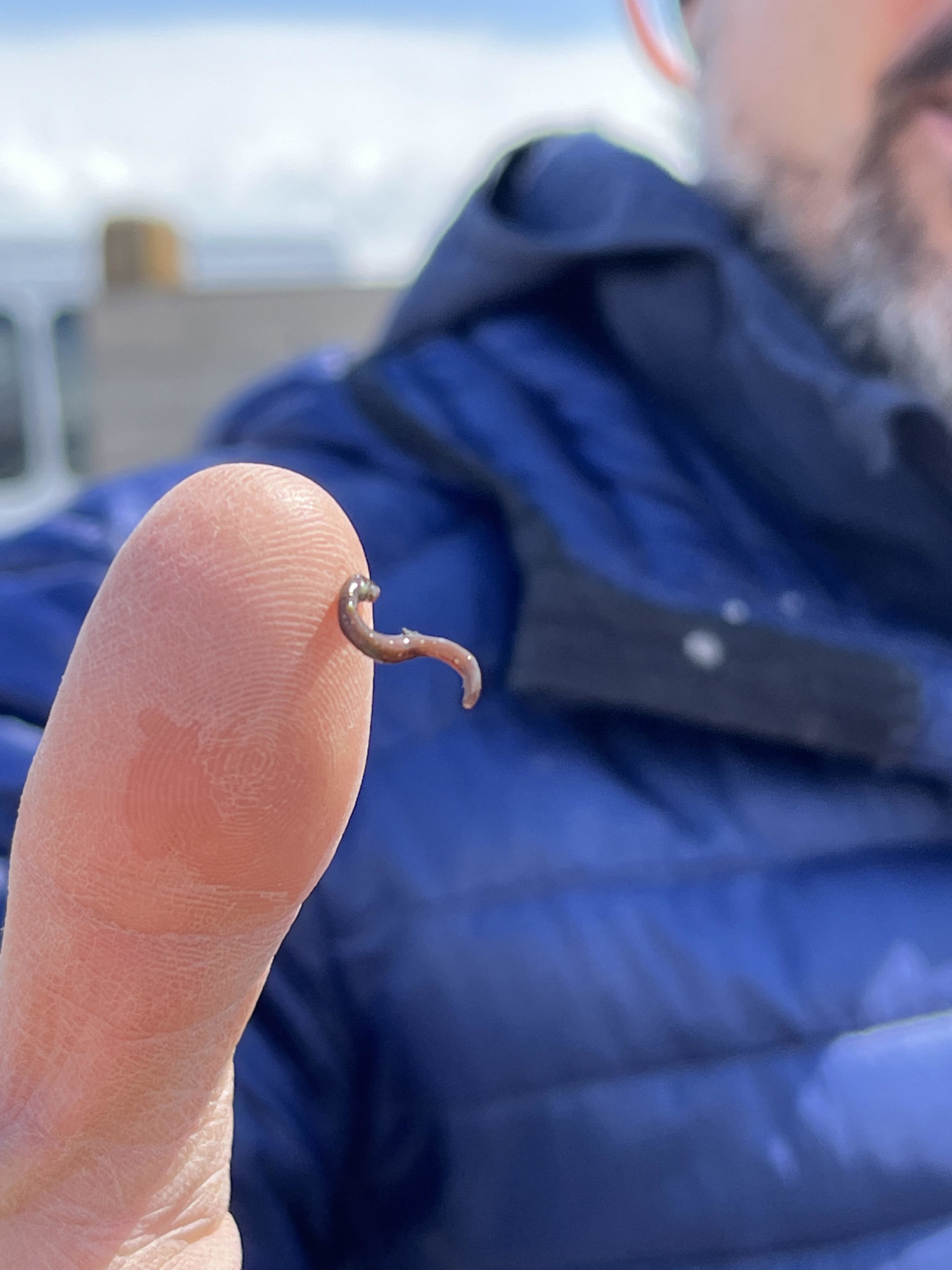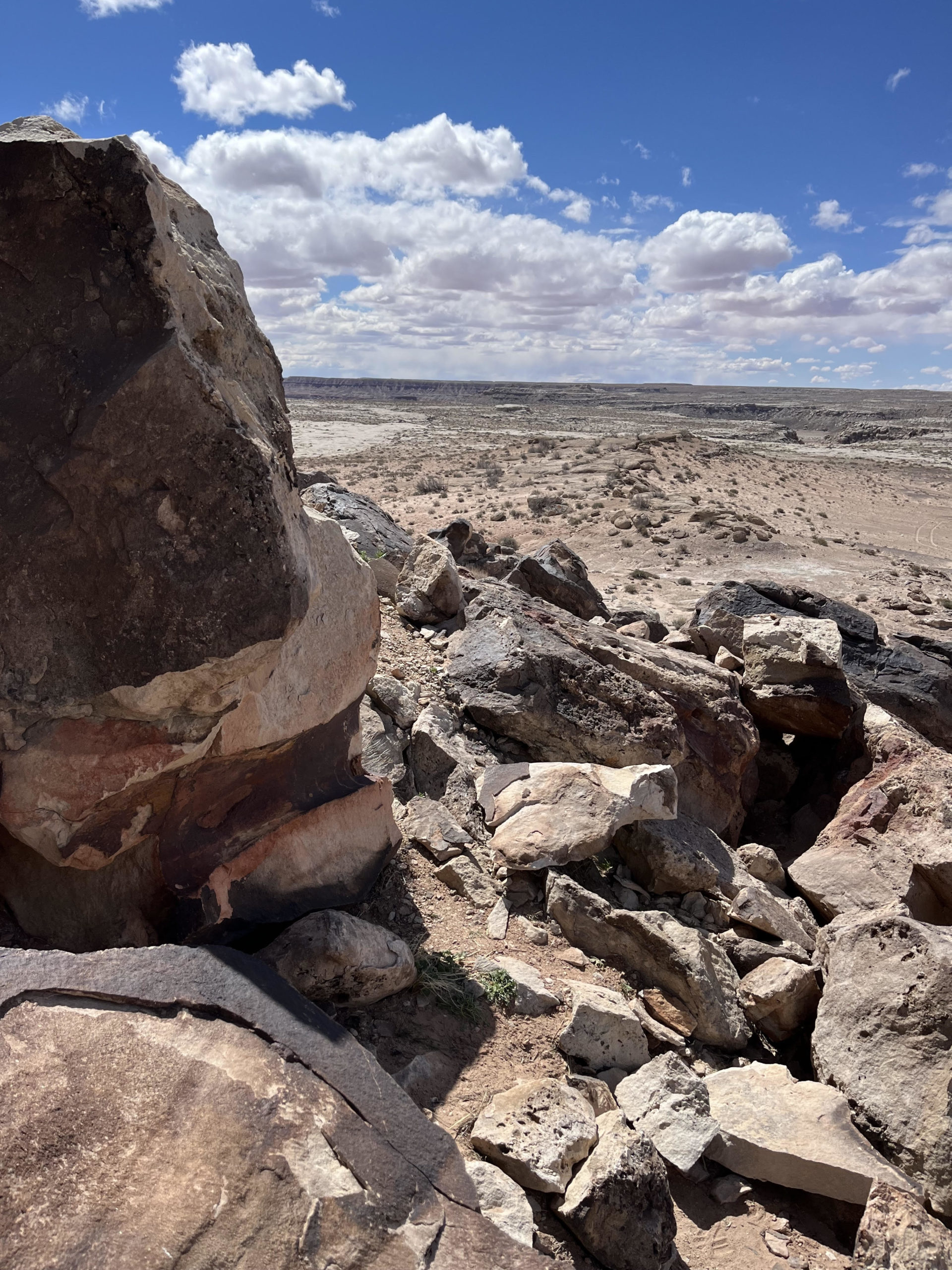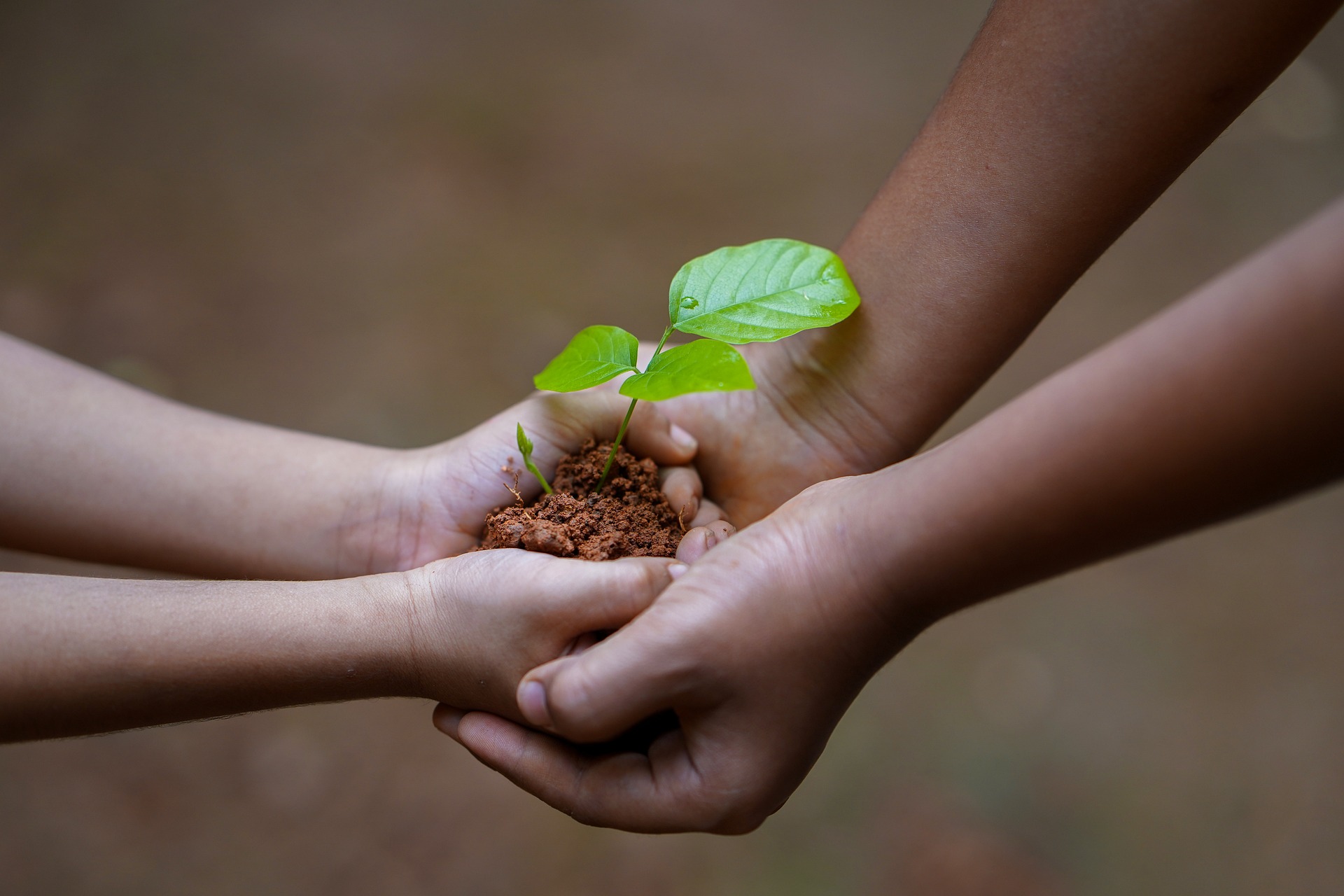
Courtesy & © Joseph Kozlowski, Photographer
I first played this sport at 6 years old by tagging along after my father as he navigated the course through a forest and around a lake, starting each hole at a concrete tee pad and counting how many throws it took him to get his disc to settle in the metal basket with dangling chains. Once in a while I would throw a disc, but mostly my little legs tried to keep up on this exciting hike that involved throwing, putting, strategy, patience, and lots of searching through the woods for nearly lost frisbees! Now, 25 years later I still enjoy all the sport has to offer, and one of the primary reasons is because it is an all too easy excuse to get outside and enjoy the different landscapes and environments this great state has to offer.
We Utahns shouldn’t be too unfamiliar with this sport. In 2021, the Professional Disc Golf Association (PDGA) World Championship tournament was held in Ogden at two disc golf courses, Fort Buenaventura and Mulligan’s Golf and Games. History was made at this event when James Conrad, on the final shot of the tournament, curled the disc 247 feet in a single throw to land in the basket; forcing a sudden death play-off, which he won, to become the world champion. This shot is widely accepted as the greatest shot in disc golf history.
According to the PDGA course directory, there are at least 91 disc golf courses throughout our state, and 50 spread along the Wasatch front. Most of these courses are free to play and include exposure to a diverse outdoor experience. Some courses wind and wiggle through heavily wooded areas while others meander through manicured city parks. If you are really up for an outdoor adventure, try one of the extreme mountain courses, like the Solitude Ski resort course, where you launch discs up and down rugged mountainous slopes, sometimes more than 1000 feet in a single throw! Try not to lose too many discs.
In this sport, some people prefer to have just one disc, go out on a beautiful sunny day, and simply enjoy nature while throwing a frisbee; scores don’t need to matter! Other people take a different, more competitive approach to this sport and focus on the dynamics of how each of the many discs fly. They learn that based on disc shape and weight and the technique of their body, they can manipulate the disc to bend and turn, go right or left, skip or roll, or limitless other maneuvers that may be required to get the elusive birdie!
Two years ago, I started an afterschool Disc Golf and Ultimate Club at USU’s Edith Bowen Laboratory School, which was open to all our 3rd-6th grade students. What I experienced was kids passionately enthusiastic about the comradery, the physical activity, and the special wonderment that only objects in flight seem to bring. Each session has hosted around 40 girls and boys and many end up introducing the sport to their own families. It seems there is something special about this sport that naturally draws the love of children.
And so, whether you are looking for something outdoor and active to do on your own, with children, grandchildren, or even a niece or nephew, disc golf might be a soaring success!
This is Joey Kozlowski, and I am Wild About Utah!
Credits:
Images: Courtesy & Copyright Joseph Kozlowski, Photographer, Used by Permission
Audio: Courtesy & © Friend Weller, https://upr.org/
Text: Joseph Kozlowski, Edith Bowen Laboratory School, Utah State University https://edithbowen.usu.edu/
Additional Reading Links: Joseph Kozlowski
Additional Reading:
Joseph (Joey) Kozlowski’s pieces on Wild About Utah: https://wildaboututah.org/author/joseph-kowlowski/
https://www.pdga.com/course-directory – Helps identify and find courses
https://udisc.com/courses – Helps identify and find courses
https://www.youtube.com/watch?v=eOhO7FfVQlE – Video of the ‘Greatest Shot in History’






